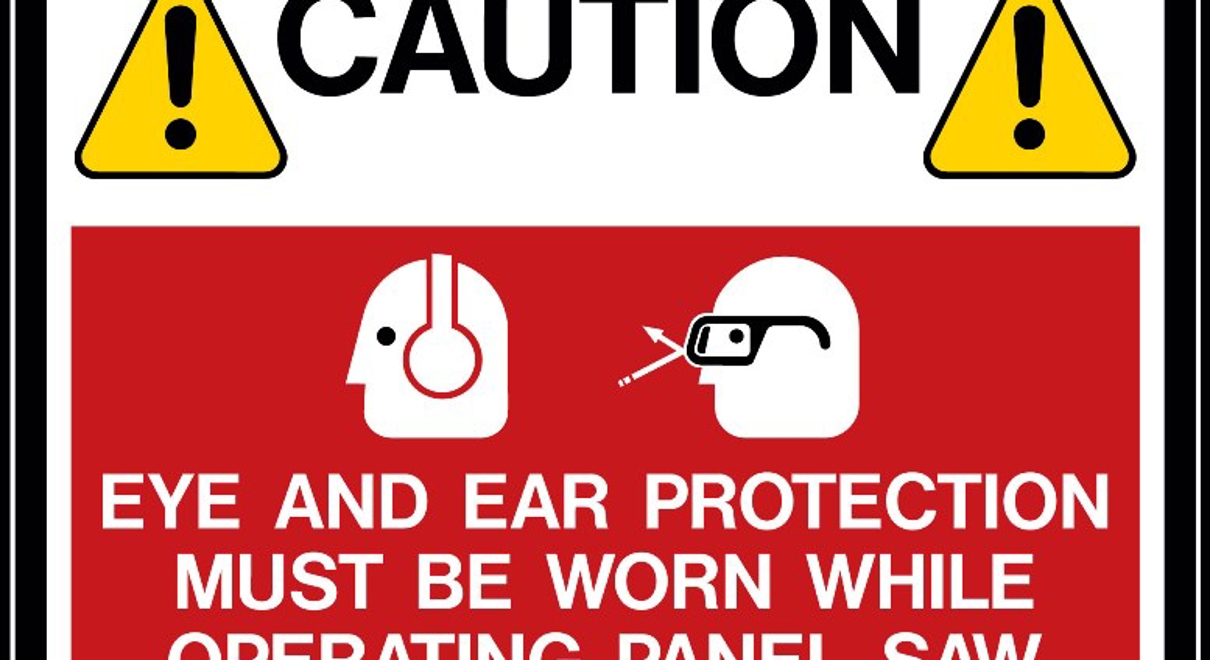Worldwide, the issue of safety is a concern for all businesses, from ice cream shops to huge, industrial complexes. Communicating with all who interact with any space as a guest, customer or employee is a critical first line-approach to achieving safe workplaces.
What Are the Most Common Workspace Safety Communications Needs?
A quick Internet search on safety in the workplace will yield thousands of websites seeking to advise employers on how to be attentive to safety needs. From courses on learning government regulations and employee training to legal advisers offering counsel, every entity points first and most frequently to clear and effective communications.
Although warning and legal signage often comes to mind first, safety signage, including identification and wayfinding signs, are vital components for a productive and safe environment. These are especially important for those who are less familiar with an area or process. Safety signs serve regular visitors and staff by creating an easily navigable environment and providing points of reference.
What Is the Best Way to Devise a Plan for Safety Signage?
Getting a professional to consult with you and perform a needs analysis of your facility is the first step. The process may include mapping out the environment and noting how specific areas are utilized. In addition to providing a plan, a signage expert will help you create a communication that prevents confusion and minimizes accidents.
“The importance of safety signs in the workplace cannot be overstressed and must not be underestimated,” according to the Law Offices of David H. Greenberg. They go on to state that safety signs include everything from informational alerts to warning signs, security signs, fire science, disabled signs, general safety signs, road signs, hazardous material science and first aid signs.
What Is the Most Effective Way to Use Safety Signs?
Safety signs provide warnings to prevent accidents or injuries resulting from potential dangers in a specific area. These must meet the standards set by the US Occupational Safety and Health Administration (OSHA). While OSHA sets standards and broad guidelines, the American National Standards Institute (ANSI), a private, non-profit group, provides technical details and guidelines for implementing OSHA standards that are consistent with federal laws.
Remember, there are different categories of safety signs, beginning with simple identification and wayfinding signs which keep people on the right path to government-mandated warning signs for potential hazards. Creating a comprehensive strategy is a challenge for every organization as it grows and evolves to meet changing demands. Let your signage help interpret your space for a more user-friendly, productive and safe outcome.
Related articles:
